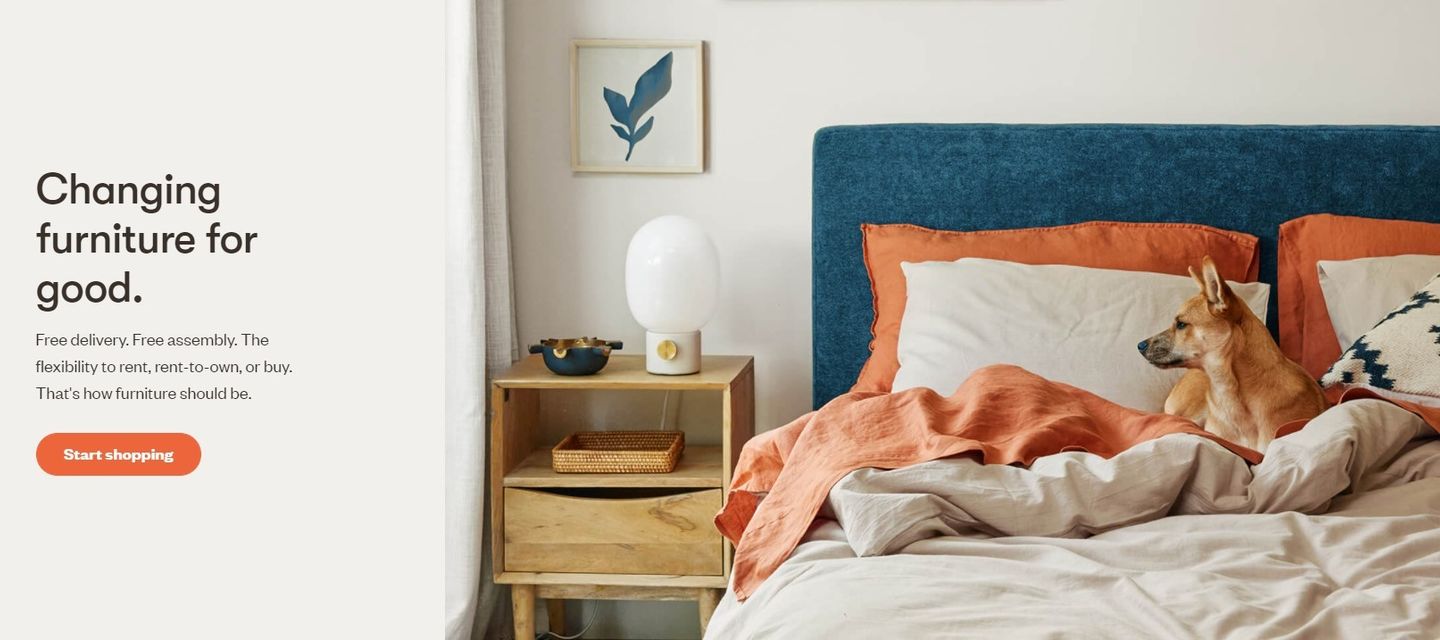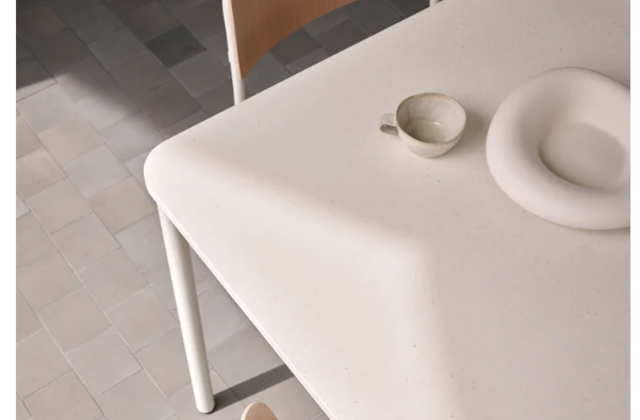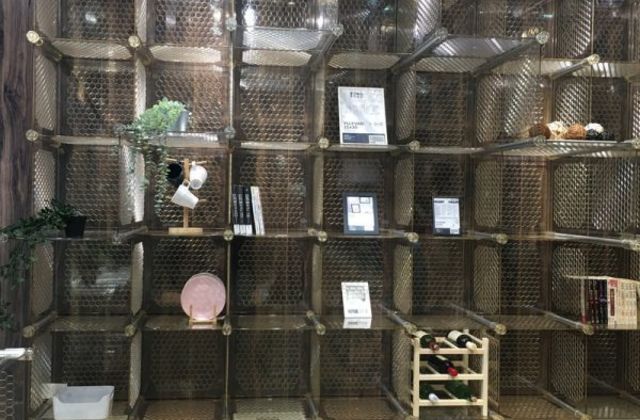What is it? Fernish offer a furniture-rental service. The furniture is delivered and set up by Fernish, then taken back after use and cleaned and maintained before reuse. Customers can also buy new or used furniture.
Why is this important? With frequent moves, changing styles and living arrangements, cheaper furniture is often purchased that can be less sturdy and might break. Annually, around 9.8 million tons of furniture end up in a landfill (Fernish, 2022e). Extending the life of products and keeping them in use longer can not only reduce the number of new products that need to be manufactured, but also lower the amount that goes to landfill (Bakker et al., 2014; Stahel, 1998).
Main resource strategy: Slowing the resource loop through supporting repeat use of furniture with refurbishing and repair in between uses, as well as enabling the purchase of previously rented furniture.
Business model aspects:
- Value Proposition: Fernish offer a rental service for furniture to young, urban customers in selected US locations. They rent out furniture from known producers and also sell the furniture that has been previously rented in upfront sales and rent-to-own arrangements (Fernish, 2022c). They also work with businesses and residential real estate.
- Value Creation & Delivery: Fernish offer a rental service and the option to purchase for furniture from high-quality brands (Fernish, 2022e). In-between uses, Fernish clean and refurbish the items for the next user (Fernish, 2022f). Fernish rental furniture is available at lease rates with a minimum rental period of two months.
- Value Capture: Financial value is captured by rental income through lease rates (Fernish, 2022b). They also offer the furniture in sale arrangements, either through upfront buying or rent-to-own arrangements (Fernish, 2022c).
Strategies for degrowth/ sufficiency (based on sufficiency strategies from Niessen & Bocken, 2021):
- Awareness-raising: Fernish provide a care guide for the furniture, helping customers maintain the furniture and keep it in use for longer (Fernish, 2022a).
- Green alternative & Reuse: Fernish products are chosen to be long-lasting and from high-quality brands. The furniture is also available for sale, extending the life of the ‘nearly-new’ items.
- No ownership: Fernish rent out furniture for subscription, enabling repeat use, with cleaning and refurbishment in between uses.
Sustainability outcomes: In 2021, Fernish calculated to have save 268 tonnes of furniture from ending up in landfill (Fernish, 2022d).
Sources:
Fernish (2022b) FAQs. Accessed 4 February 2022 at https://fernish.com/faq
Fernish (2022e). Our Story. Accessed 4 February 2022 at https://fernish.com/our-story
Fernish (2022f). The Service. Accessed 4 February 2022 at https://fernish.com/service.
***
About project Circular X
Project Circular X is about ‘Experimentation with Circular Service Business Models’. It is an ambitious research project funded by the European Research Council (ERC) which supports top researchers from anywhere in the world. Project CIRCULAR X runs from 2020-2025. The project is led by Principal Investigator (PI) Prof Dr Nancy Bocken, who is joined by a multidisciplinary team of researchers at Maastricht Sustainability Institute (MSI), Maastricht School of Business and Economics, Maastricht University. The project cooperates with businesses who want to innovate towards the circular economy.
Project Circular X addresses a new and urgent issue: experimentation with circular service business models (CSBMs). Examples of such new business models include companies shifting from selling products to selling services and introducing lifelong warrantees to extend product lifetimes. However, CSBMs are far from mainstream and research focused on experimentation is little understood. The research aims to conduct interdisciplinary research with 4 objectives:
- Advancing understanding of CSBMs; their emergence and impacts
- Advancing knowledge on CSBM experimentation
- Developing CSBM experimentation tools
- Designing and deploying CSBM experimentation labs
Funding source
This project has received funding from the European Research Council (ERC) under the European Union’s Horizon 2020 research and innovation programme, grant agreement No. 850159.
Using this information
When you cite this publication, please use the following source:
Circular X. (2022) Case study: Fernish - Furniture rental to create your home. Accessed from www.circularx.eu



